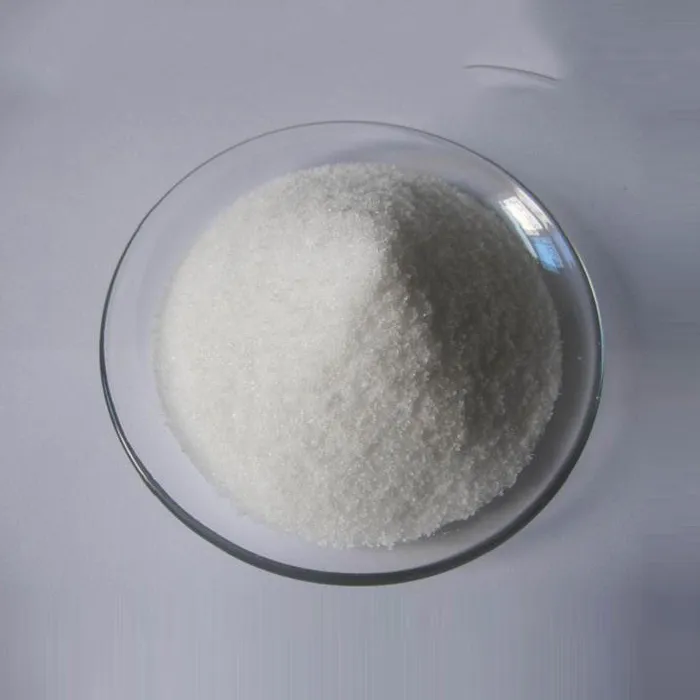Water Treatment Products Ensuring Clean and Safe Drinking Water
Access to clean and safe drinking water is fundamental to human health and well-being. However, the presence of contaminants in natural water sources poses significant risks that can affect countless lives. To combat these issues, various water treatment products have been developed, aiding in the purification process and ensuring that water is both safe for consumption and suitable for various uses. This article explores the importance of water treatment products, their types, and their role in water purification.
Water treatment products can be broadly categorized into several types, including chemical treatments, filtration systems, and disinfection methods
. Each category plays a pivotal role in addressing specific contaminants and ensuring the delivery of safe drinking water.1. Chemical Treatments
Chemical treatments are commonly used to neutralize harmful pathogens and contaminants. One of the most prevalent chemical agents is chlorine, which has been used for decades to disinfect drinking water. Chlorine effectively kills bacteria, viruses, and other microorganisms, making it a staple in municipal water treatment facilities. However, chlorine can react with organic materials present in water, forming potentially harmful byproducts. As a result, alternatives such as chloramine, a combination of chlorine and ammonia, are increasingly utilized for their longer-lasting disinfection properties and reduced formation of harmful byproducts.
Another important chemical treatment is the use of coagulants such as alum (aluminum sulfate) which helps in removing suspended particles from water. Coagulation works by neutralizing the charges on particles, allowing them to clump together and settle out of the water. This process is crucial in the initial stages of water purification as it prepares the water for further treatment.
2. Filtration Systems
Filtration systems are essential tools in water treatment, trapping physical contaminants and providing a barrier against pathogens. There are many types of filtration systems available, ranging from simple household filters to complex industrial systems. Common household options include activated carbon filters, reverse osmosis units, and ceramic filters.
water treatment products

Activated carbon filters are popular for their ability to absorb chemicals, chlorine, and volatile organic compounds (VOCs), improving taste and odor. Reverse osmosis systems utilize a semi-permeable membrane to remove a wide range of contaminants, including heavy metals, salts, and bacteria. Meanwhile, ceramic filters use porous materials to trap particles and microorganisms, making them effective in point-of-use applications.
For larger-scale applications, municipal plants deploy sand filtration or advanced membrane technologies, such as ultrafiltration and nanofiltration. These systems can handle significant volumes of water and ensure thorough removal of contaminants.
3. Disinfection Methods
In addition to chemical treatments, various disinfection methods are crucial in water treatment. Ultraviolet (UV) light disinfection is a chemical-free process that inactivates microorganisms by damaging their DNA, rendering them unable to reproduce and cause illness. UV systems are gaining popularity due to their efficiency and lack of harmful byproducts.
Ozone treatment is another emerging disinfection method. Ozone gas is a powerful oxidizing agent that can remove a broader range of contaminants than chlorine. However, its use requires careful management due to its instability and potential health risks at high concentrations.
Conclusion
The significance of water treatment products cannot be overstated, as they play a crucial role in safeguarding public health. With the increasing demand for clean water amid growing populations and industrial activities, the development and improvement of these products are essential. As technology evolves, innovative solutions for water treatment will continue to emerge, ensuring that safe drinking water remains accessible for all. Whether through chemical treatments, filtration systems, or advanced disinfection methods, investing in water treatment products is an investment in a healthier future. Clean water is not only vital for drinking but also for sanitation, agriculture, and overall community well-being.

